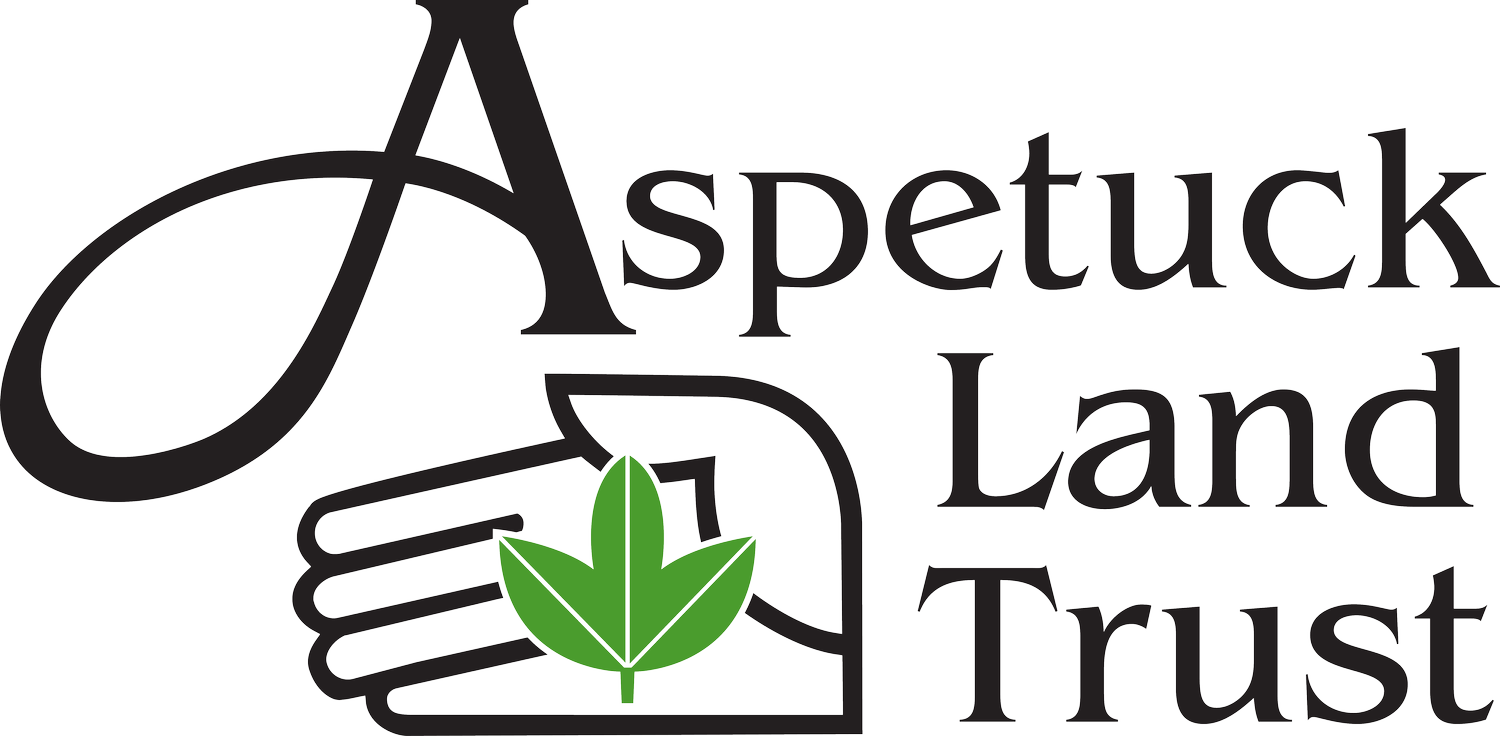Tallamy Tidbits: 4 Seasons, <4 Minutes
Curious what wildlife might show up when you plant natives in your yard? Or what changes you might notice, season by season? Learn from Dr. Doug Tallamy about our backyard habitats and curious critters, along with tips on how to bring these plants, animals, and insects to your corner of the world. All videos are short, engaging, and insightful; you won’t be able to get enough!
An entomologist at the University of Delaware, Dr. Doug Tallamy has catalyzed a national movement to plant native plants. His research focusses on the delicate, often specialized feeding relationships between insects and native plants, and what happens when this evolutionary history is disrupted — when we plant non-native, invasive plants that lack benefits for wildlife. Dr. Tallamy’s published research and books, Bringing Nature Home and Nature’s Best Hope, have informed our action steps of (1) plant natives, (2) rethink your lawn, and (3) avoid pesticides and herbicides.
In addition to his scholarly contributions, Tallamy has been a strong ally of the Green Corridor Initiative and related efforts to connect private and protected land for wildlife. We are grateful that Dr. Tallamy has prepared these videos for us, filmed at his property in rural Pennsylvania.
These videos were originally released as part of Aspetuck Land Trust’s 2021 newsletters, but feel free to rewind, season by season.
For centuries, we have been reducing natural habitat and developing residential areas that don't support the plants, animals, and insects that we love. 85% of the U.S. is privately owned, so protected areas like Aspetuck’s Trout Brook Valley Preserve are not enough to sustain land and water, or meet the needs of wildlife. Traditional lawn and garden plantings are an “ecological deadzone,” with few plant species that can feed or provide shelter for insects. However, private land doesn’t have to be a barrier to nature! When we make our homes into habitats, we can be part of a long-term solution. And we can be part of a network of life that’s larger than ourselves.
We must abandon the notion that humans and nature cannot live together. To succeed we need to redesign residential landscapes with nature to
Support diverse pollinator populations and complex food webs
Store carbon
Manage our groundwater
As Tallamy writes, plants are the solution. Our goal is to replace half of the area dedicated to the lawn or ornamental plants with diverse native plantings: trees, shrubs, flowers, and groundcovers. Plants vary in how well they support wildlife. Native plants support pollinators and food webs far better than introduced ornamentals, and some native plants, called "keystone species,” provide food for hundreds of insects. Choosing the best plants for your area—native plants well-suited to your sun and shade conditions—is the key to success. It’s the big first step in becoming a Green Corridor Partner.
Plant Native Plants
Rethink your lawn
Avoid pesticides and herbicides
Nature’s Best Hope: At our 2020 annual meeting, Dr. Tallamy shared about his book Nature’s Best Hope and the vision of connecting private lands to open spaces.
The Nature of Oaks: Tallamy joins us in a Lunch and Learn to discuss the rich ecology of our most essential native trees
Sustainable Landscaping: Rather than treating plants in our yards and gardens as decorations, let’s see them as functional parts of the ecosystem.




